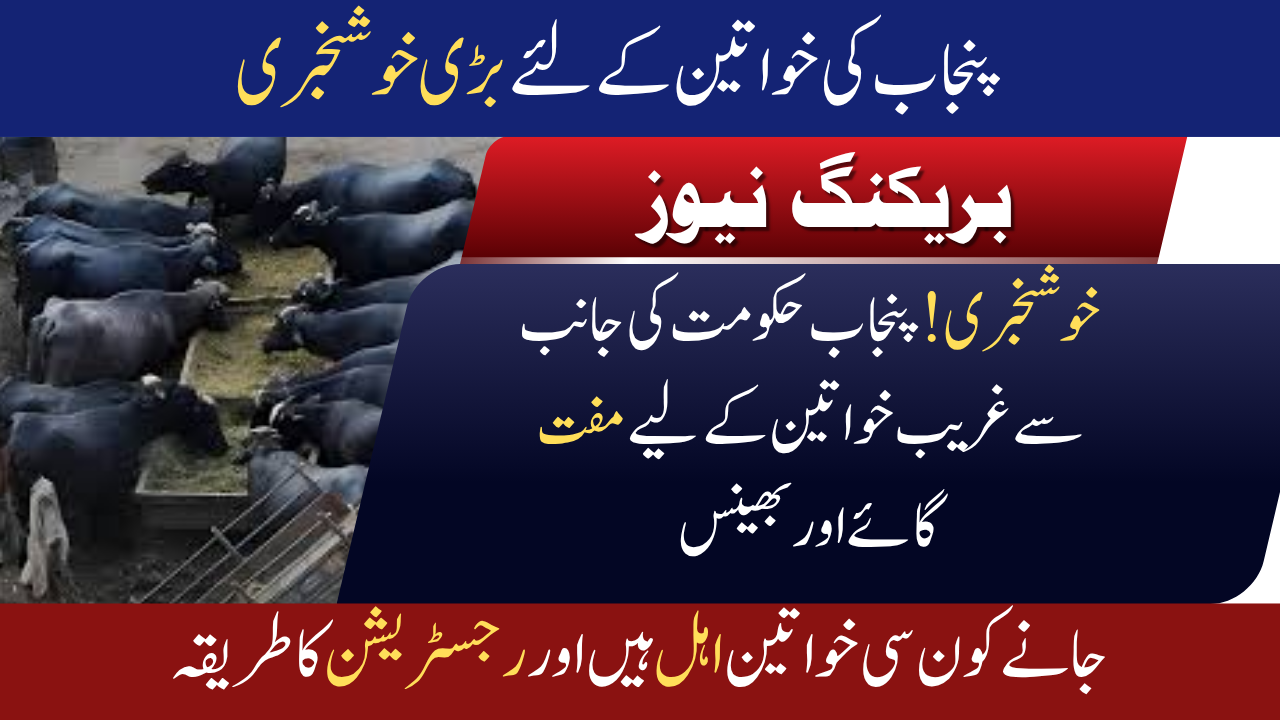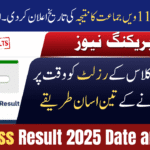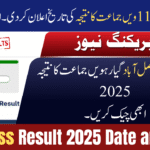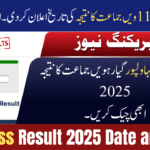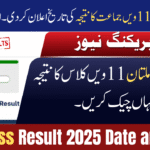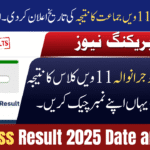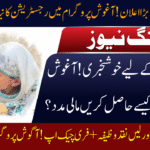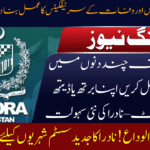In a move that’s already turning heads across Pakistan, the Punjab government—led by Chief Minister Maryam Nawaz Sharif—has officially rolled out the Livestock Distribution Program 2025, aimed at changing the lives of widowed and divorced women in South Punjab. And no, this isn’t just another one-off aid scheme. This is long-term. Real empowerment. Real animals. Real income.
With a massive Rs. 2 billion budget, the program is already creating waves for how it combines social support with economic empowerment.
Quick Program Highlights
| Feature | Details |
|---|---|
| Total Budget | Rs. 2 billion |
| Animals in Phase 1 | 4,870 cows and buffaloes |
| Target Women | 11,000 widowed or divorced women |
| Eligibility | Women under 55, from low-income households in 12 South Punjab districts |
| How to Apply | Via mobile app or helpdesk at your local veterinary hospital |
| Goal | Women’s empowerment through financial self-reliance |
Which Areas Are Covered?
The program is focusing on 12 districts in South Punjab—places where poverty rates are high and job opportunities are pretty limited, especially for women.
Here’s the list of districts:
- Multan
- Bahawalpur
- Dera Ghazi Khan
- Layyah
- Rahim Yar Khan
- Muzaffargarh
- Rajanpur
- Bahawalnagar
- Lodhran
- Vehari
- Khanewal
- Kot Addu
These areas were specifically chosen because they’ve been overlooked for too long. This time, the spotlight is on them.
Who Can Apply? (It’s Fair and Transparent)
Only those who truly deserve it can apply. The rules are pretty clear:
- Must be a widow or divorced woman
- Must be under 55 years old
- Must live in one of the 12 selected districts
- Must belong to a low-income family
- Must have a valid Punjab CNIC
No political backing, no sifarish. Just your documents and your circumstances.
How to Apply – It’s Easier Than You Think
If you’re eligible, here’s how you can get started:
- Go to your nearest veterinary clinic or animal health center.
- Bring your documents — CNIC, death/divorce certificate, and a registered mobile SIM.
- Apply either online at livestock.punjab.gov.pk or through the “Asset Transfer to Rural Women” app.
- Wait for a confirmation SMS from the registration team.
- Once approved, you’ll collect your animal from the designated center after verification.
Door-to-Door Teams Now Active
To make it even more convenient, door-to-door registration teams have been deployed in all 12 districts. They’ll:
- Visit homes directly
- Collect and verify data on-site
- Register flood-affected families without them needing to travel
For women who can’t leave home easily, this is a game-changer.
What Else Do You Get Besides a Cow or Buffalo?
It’s not like they’re just giving you an animal and saying “good luck.” Each woman selected for the program gets a full support package to help her make the most of it:
- Free fodder for the first few months
- Regular veterinary check-ups and vaccinations
- Training on milk selling and how to manage calves
- Guidance on starting a small dairy business
Why Not Just Give Cash?
Great question. The government’s answer is simple: Cash runs out. Livestock pays back again and again.
You sell the milk, you raise calves, you reinvest in your household. It’s not just help for a few days—it’s an income stream. That’s why this model has the potential to become a blueprint for other provinces too.
Impact Beyond Just One Household
This initiative isn’t just helping individual women—it’s lifting entire communities:
- Steady income for families
- Less reliance on loans or relatives
- More funds for kids’ education and health
- Boost for the local dairy economy
- Encouragement for women to join a sector traditionally dominated by men
Special Priority for Flood Victims
Let’s not forget—many of these districts have been hit hard by floods. Families lost not just homes, but also livestock, their only source of income. That’s why flood-affected women are getting priority in the registration process
Tips for Making the Most of This Opportunity
Once you receive your livestock, here are a few handy tips to help you succeed:
- Feed your animal regularly — use the government-provided fodder
- Stick to the vaccination and health check schedule
- Join local milk collection networks to get better prices
- Save some profit for emergencies or to grow your business
- Keep a notebook for tracking milk sales and expense
Maryam Nawaz’s Vision for Women in Punjab
Chief Minister Maryam Nawaz Sharif has made it clear that this isn’t just policy—it’s personal. She believes every woman, whether from a city or a small village, should have the right to work, earn, and live with dignity.
This livestock program is a reflection of that vision. And if it works—and it’s looking like it just might—it could inspire similar efforts across the country.
What’s Next?
Right now, the program is in its first phase, covering 12 districts. But the plan is to expand to more areas in the coming months. The government is relying on regular monitoring and feedback from the community to keep things transparent and fair.
Final Thoughts
The Livestock Distribution Program 2025 is more than just a welfare scheme—it’s a bold move toward breaking cycles of poverty. It’s giving women real tools to build a better future for themselves and their families.
FAQs (Quick Answers for Curious Readers)
Q1: Who can apply?
Any widowed or divorced woman under 55, living in one of the 12 selected districts in South Punjab.
Q2: Is there any cost?
Nope. It’s completely free — from application to animal handover.
Q3: How many animals are being distributed?
Around 4,870 cows and buffaloes in Phase 1.
Q4: Do beneficiaries get any extra help?
Yes — fodder, vet support, and income training are all part of the deal.
